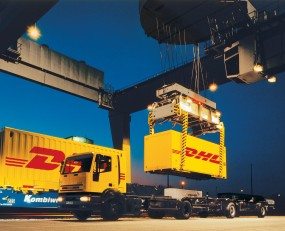
“The world is far less globalised than many people think” – the DHL Connectedness Index’s conclusion is slightly surprising. The index whose 2019 edition has been published this week makes some useful observations about the pattern of global trade, including data that refutes a number of the fashionable opinions.
For example, it contradicts the notion about the shift to ‘regionalisation’. There is no evidence that trade is restructuring, shifting away from global to regional supply chains. Using the merchandise trade data from the WTO, the report’s authors observe that “actual trade flows do not demonstrate a clear shift from globalisation to regionalisation. Long-distance trade has not, at the aggregate global level, declined in favour of short-distance trade. Shifts in the composition of the world economy, new technologies, or breakdowns in international relations could still bring about such a transformation, but it remains a possibility rather than a historical fact”.
The other fad is to ascribe any fall in the volume of global trade to Donald Trump’s economic conflict with China. Certainly, it has had an impact. China is importing proportionately less from the US, with a fall from 8% of total imports in the first quarter of 2018 to 5.7% in second quarter of 2019, whilst “US exports to China as a share of US GDP fell 22% from the first quarter of 2018 to the second quarter of 2019”. However, much of this demand has been shifted to other countries, notably Taiwan, Mexico, Vietnam and the EU.
Overall merchandise trade grew by 3% in volume terms in 2018, which represented a fall from the 4.6% seen in 2017.
Surprisingly, what has driven down the level of ‘connectedness’ over the past year is the fall in capital flows. However, the fall in ‘Foreign Direct Investment’ is heavily influenced by changes in US corporate tax policy. In reality cross-border investment activity is still growing with ‘greenfield’ investment projects up an impressive 41% in 2018.
It is also worth noting that information flows continue to grow, however the rate of growth has slowed. Undoubtedly this is due to the enormous size they have attained, however domestic traffic is now growing as fast as international traffic, suggesting that the focus of activity remains strongly within national economies and not on a global level.
Overall the index does suggest that the rate of growth in global trade has slowed, but it has not changed direction. It also enforced the point that despite sustained growth in global trade most trade activity – even digital activity – remains within national economies and not between them.
Source: Transport Intelligence, December 5, 2019
Author: Thomas Cullen